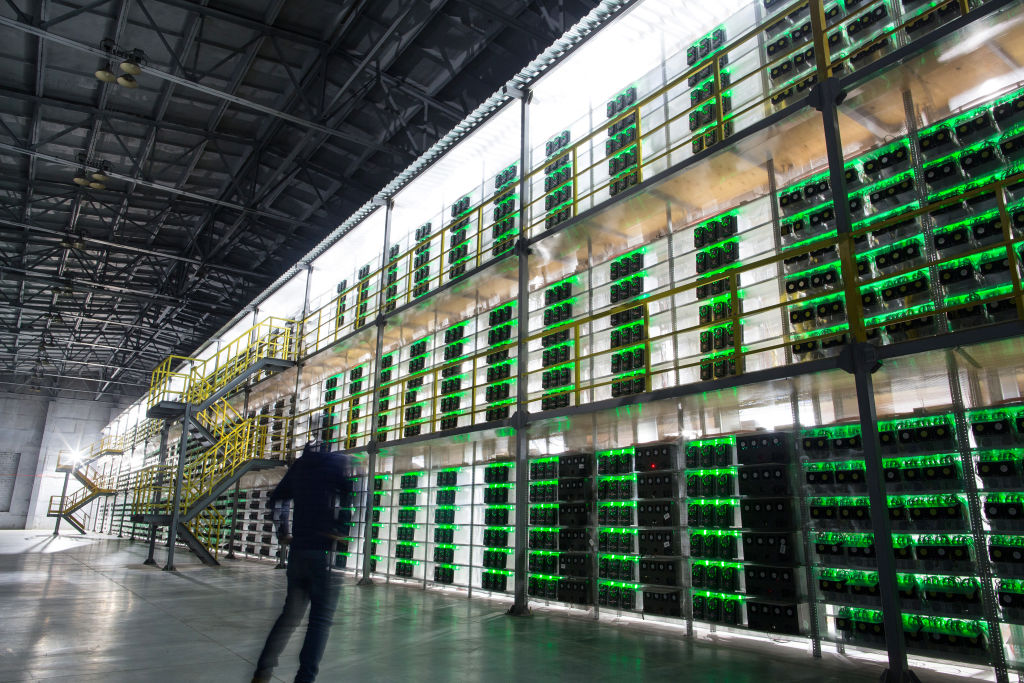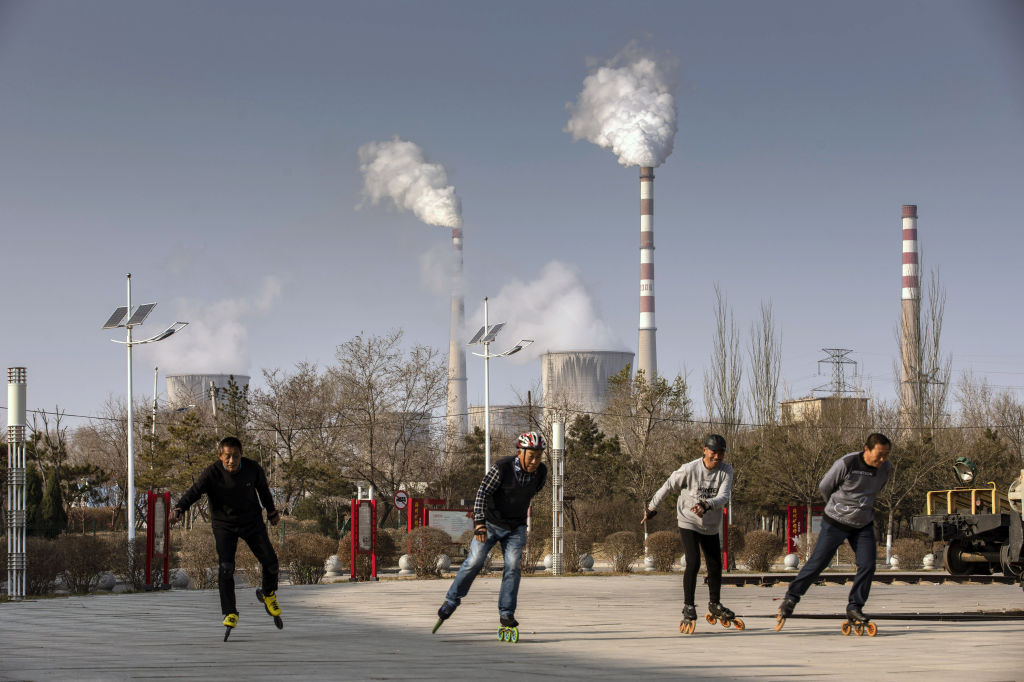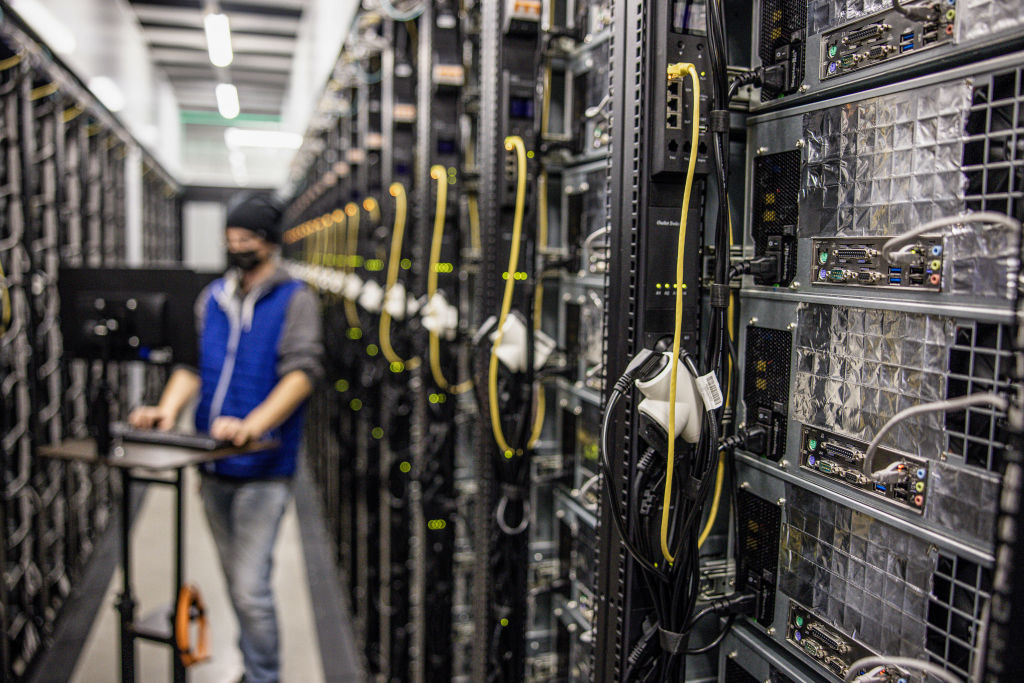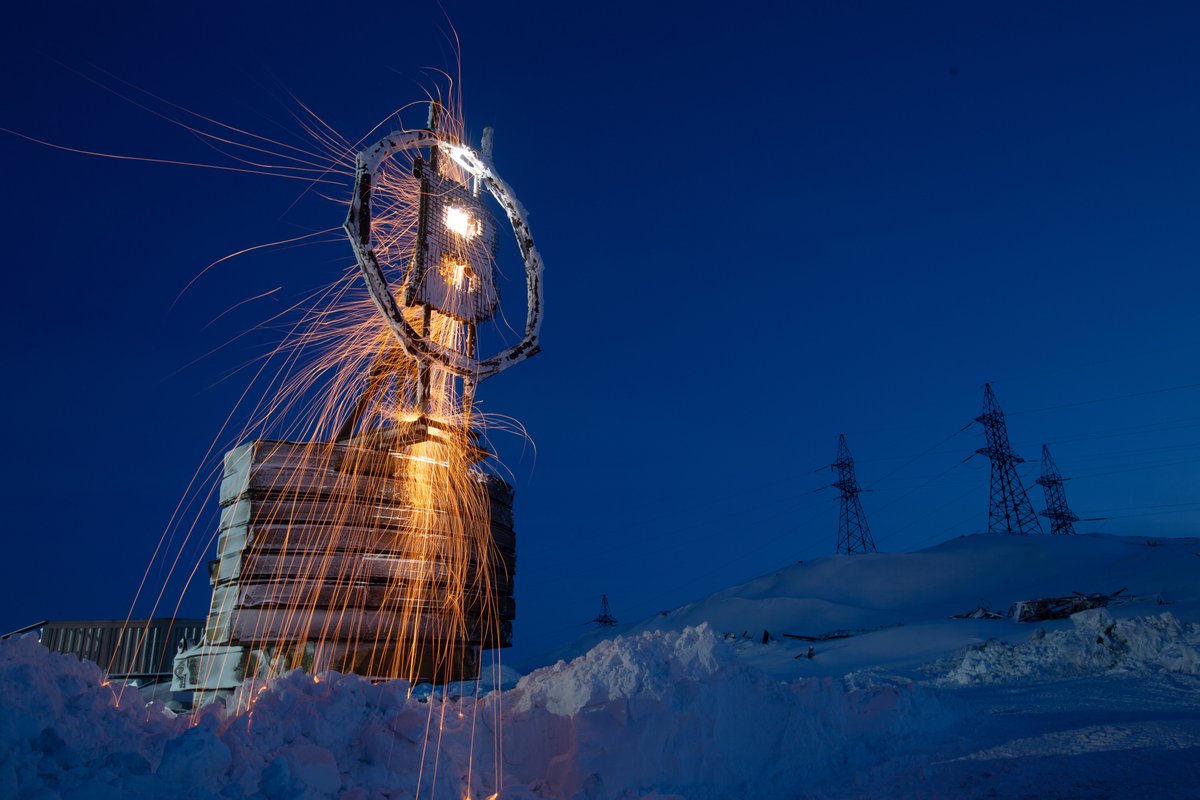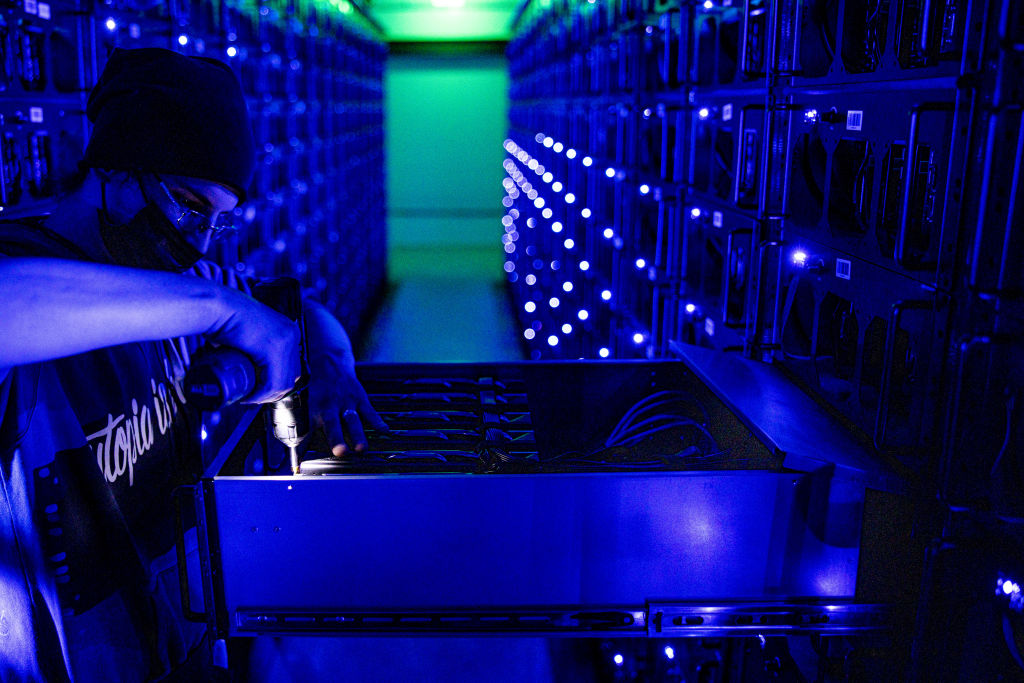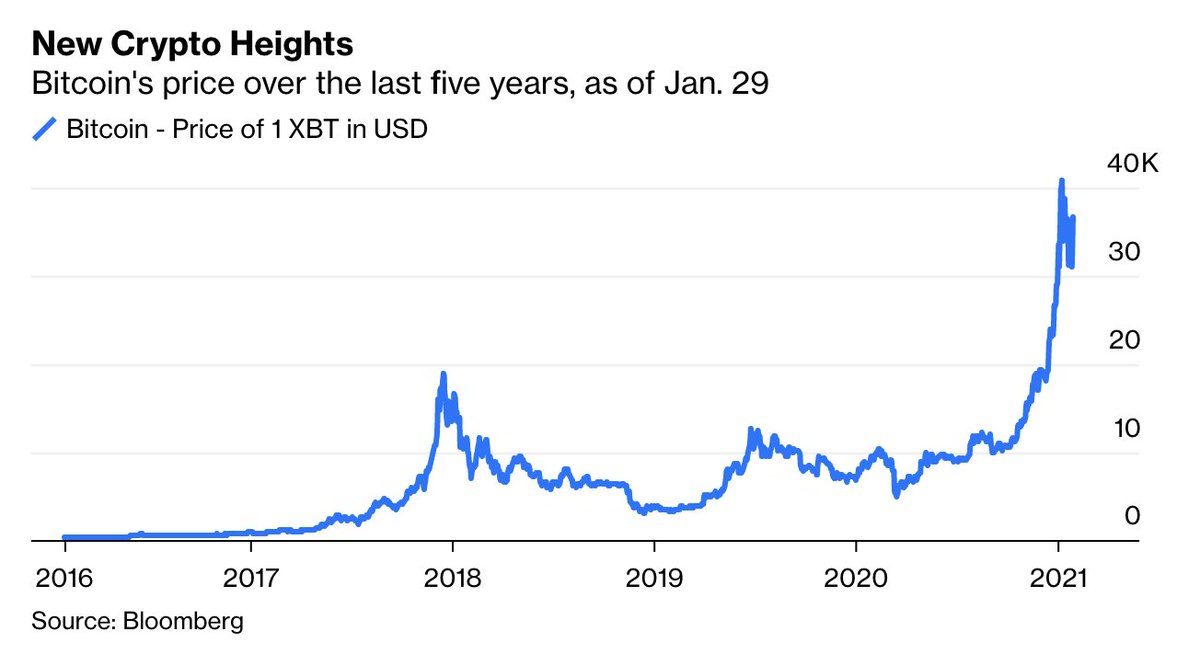The financial world has been gripped by Bitcoin’s price swings over the past year, with it trading between $5,000 and $40,000.
But there’s an aspect of Bitcoin that gets far less attention: the energy consumption needed to mine and maintain it https://bloom.bg/3t6mgei
But there’s an aspect of Bitcoin that gets far less attention: the energy consumption needed to mine and maintain it https://bloom.bg/3t6mgei
Crypto is regularly lumped in with energy-transition trades such as Tesla, regardless of the fact that Bitcoin clearly makes an investment portfolio less green.
The Bitcoin algorithm demands increasing amounts of power to validate transactions http://bloom.bg/3t6mgei
The Bitcoin algorithm demands increasing amounts of power to validate transactions http://bloom.bg/3t6mgei
If the Bitcoin network were a country, its annual estimated carbon footprint would be comparable to  New Zealand at about 37 million tons of CO2.
New Zealand at about 37 million tons of CO2.
One Bitcoin transaction would generate the CO2 equivalent to 706,765 swipes of a Visa credit card http://bloom.bg/3t6mgei
 New Zealand at about 37 million tons of CO2.
New Zealand at about 37 million tons of CO2.One Bitcoin transaction would generate the CO2 equivalent to 706,765 swipes of a Visa credit card http://bloom.bg/3t6mgei
Energy estimates aren’t an exact science, but the direction of travel for power consumption has been clear. Bitcoin’s annual consumption has gone up rapidly:
 2017: 9.6 terawatt-hours
2017: 9.6 terawatt-hours
 2021: 77.8 TWh by one estimate http://bloom.bg/3t6mgei
2021: 77.8 TWh by one estimate http://bloom.bg/3t6mgei
 2017: 9.6 terawatt-hours
2017: 9.6 terawatt-hours 2021: 77.8 TWh by one estimate http://bloom.bg/3t6mgei
2021: 77.8 TWh by one estimate http://bloom.bg/3t6mgei
The economics of mining outpaced the average laptop long ago.
Firms like Marathon Patent now buy tens of thousands of specialized chips at once to power their crypto farms http://bloom.bg/3t6mgei
Firms like Marathon Patent now buy tens of thousands of specialized chips at once to power their crypto farms http://bloom.bg/3t6mgei
It would be one thing if this were taking place somewhere like Sweden, which has a carbon tax of more than €100 per metric ton of CO2 (with exemptions).
But one paper suggests almost half of the world’s Bitcoin mining capacity is in southwest China http://bloom.bg/3t6mgei
But one paper suggests almost half of the world’s Bitcoin mining capacity is in southwest China http://bloom.bg/3t6mgei
In southwest China, power is:
 Cheap
Cheap
 Less taxed
Less taxed
 Supplied by coal-fired plants and hydroelectricity http://bloom.bg/3t6mgei
Supplied by coal-fired plants and hydroelectricity http://bloom.bg/3t6mgei
 Cheap
Cheap Less taxed
Less taxed Supplied by coal-fired plants and hydroelectricity http://bloom.bg/3t6mgei
Supplied by coal-fired plants and hydroelectricity http://bloom.bg/3t6mgei
. @CambridgeAltFin estimates coal accounts for 38% of Bitcoin miner power.
The defense from Bitcoiners is that this is still “good” overall: This is energy that would otherwise be wasted, and the share of renewables will grow http://bloom.bg/3t6mgei
The defense from Bitcoiners is that this is still “good” overall: This is energy that would otherwise be wasted, and the share of renewables will grow http://bloom.bg/3t6mgei
The Siberian city of Norilsk, for example, now hosts the Arctic’s first crypto farm:
 Made from scrap metal
Made from scrap metal
 Kept cool by sub-zero temperatures
Kept cool by sub-zero temperatures
 Powered by cheap gas and hydropower http://bloom.bg/3t6mgei
Powered by cheap gas and hydropower http://bloom.bg/3t6mgei
 Made from scrap metal
Made from scrap metal Kept cool by sub-zero temperatures
Kept cool by sub-zero temperatures Powered by cheap gas and hydropower http://bloom.bg/3t6mgei
Powered by cheap gas and hydropower http://bloom.bg/3t6mgei
But Bitcoiners’ arguments ring hollow. Cheap power usually comes with other costs:
 Recent power blackouts in Iran were blamed on Bitcoin
Recent power blackouts in Iran were blamed on Bitcoin
 Cryptocurrency trading appears to have influence on the pricing in large electricity and utilities markets http://bloom.bg/3t6mgei
Cryptocurrency trading appears to have influence on the pricing in large electricity and utilities markets http://bloom.bg/3t6mgei
 Recent power blackouts in Iran were blamed on Bitcoin
Recent power blackouts in Iran were blamed on Bitcoin Cryptocurrency trading appears to have influence on the pricing in large electricity and utilities markets http://bloom.bg/3t6mgei
Cryptocurrency trading appears to have influence on the pricing in large electricity and utilities markets http://bloom.bg/3t6mgei
Not all cryptocurrencies need energy-hungry, proof-of-work algorithms, but Bitcoin wouldn’t go back on its founding rules without a fight.
For example, Fidelity Digital Assets’ defense of Bitcoin’s energy inefficiency is that it gets you Bitcoin in return http://bloom.bg/3t6mgei
For example, Fidelity Digital Assets’ defense of Bitcoin’s energy inefficiency is that it gets you Bitcoin in return http://bloom.bg/3t6mgei
It raises a question:
What would Bitcoin really be worth if, in order to care for the world it set out to revolutionize, it changed its algorithm, or miners unhooked themselves from cheap power? http://bloom.bg/3t6mgei
What would Bitcoin really be worth if, in order to care for the world it set out to revolutionize, it changed its algorithm, or miners unhooked themselves from cheap power? http://bloom.bg/3t6mgei

 Read on Twitter
Read on Twitter


